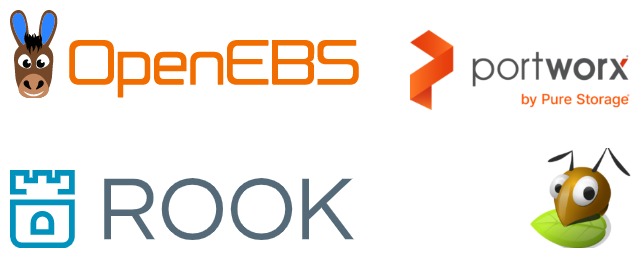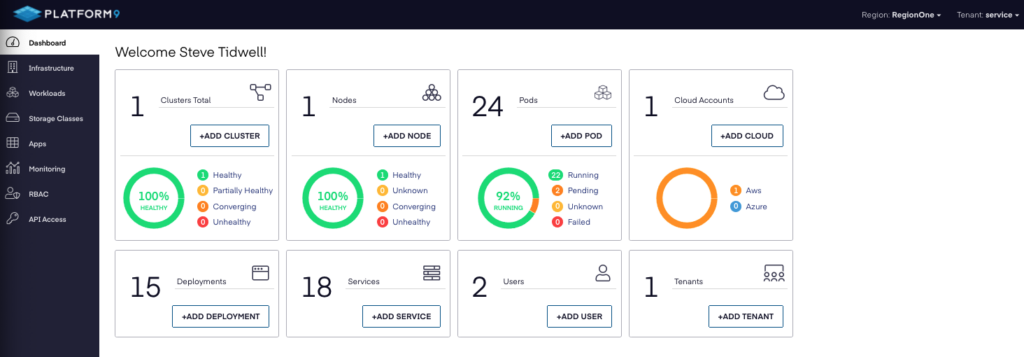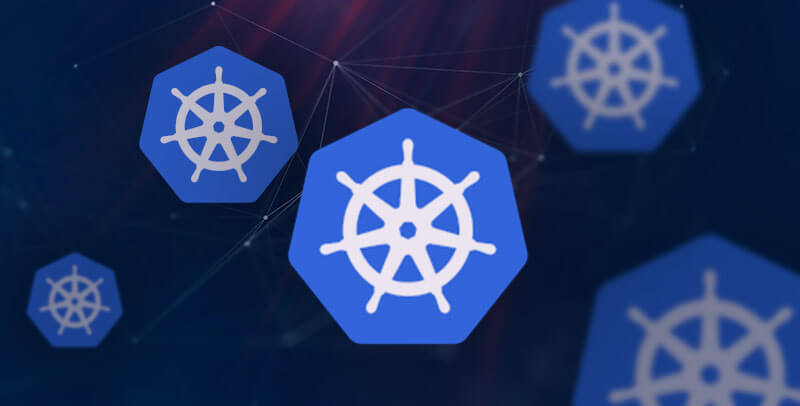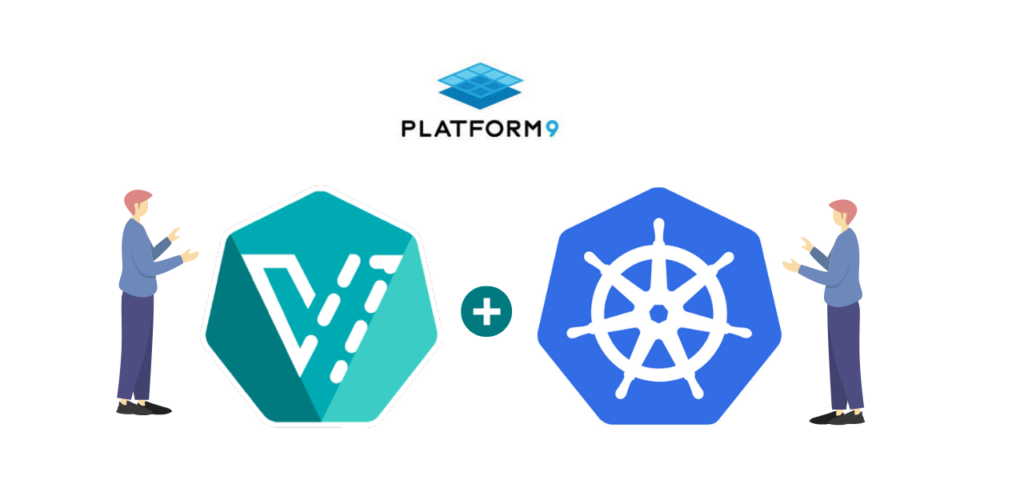Learning About Kubernetes Admission Controllers and OPA Gatekeeper
Interested in Open Policy Agent and the Gatekeeper Project? In this post we will go over admission controllers, OPA, and Gatekeeper. The Kubernetes (K8s) platform consists of several components that all work together in sync to provide advanced container orchestration and deployment strategies. In order to support an ever-increasing set of requirements, this system is











